Conversion Rate Optimization (CRO)
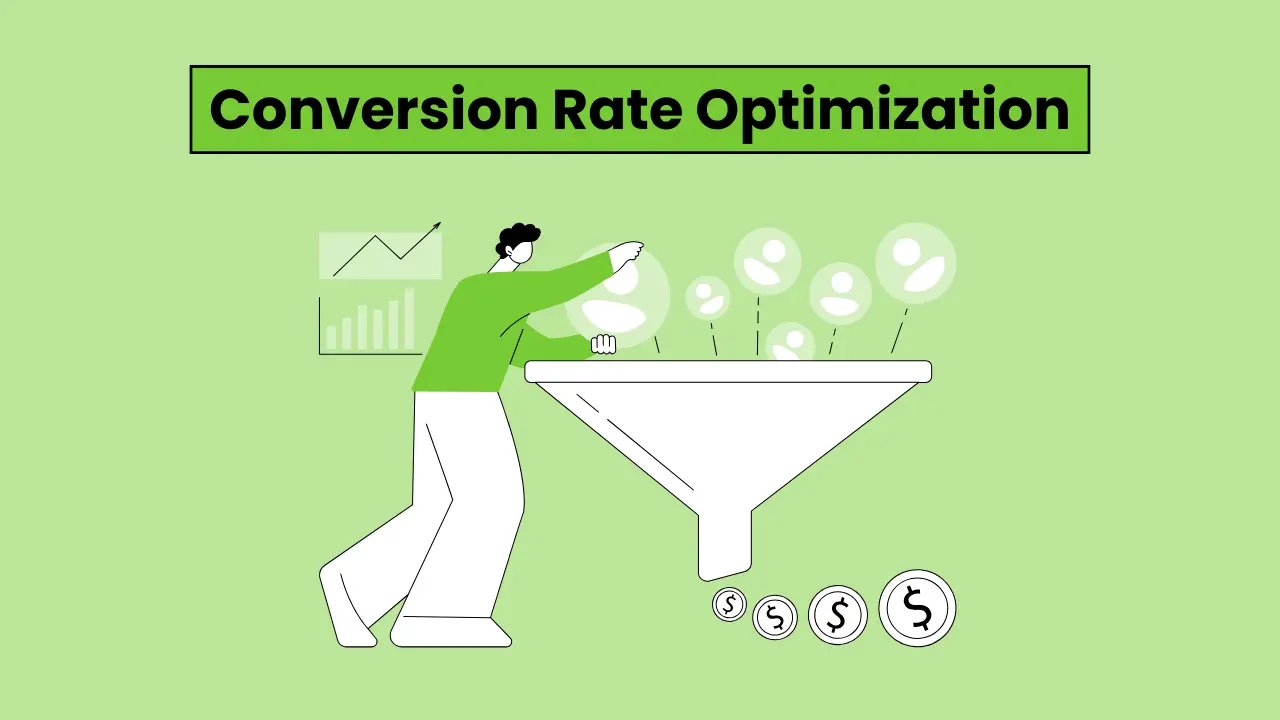
What Is CRO?
Conversion rate optimization (CRO) is the process of improving the percentage of website visitors who take a desired action, such as making a purchase, signing up for a newsletter, or filling out a contact form. In essence, it’s about turning website visitors into website conversion rates.
Description
Imagine a bustling bakery filled with the delectable aroma of fresh pastries. Customers happily choose their favorites from the displays, perhaps drawn in by the sight of mouthwatering cookies or enticed by the aroma of hot croissants. In the competitive world of online baking, your website can function as a digital bakery, and Conversion Rate Optimization (CRO) is the art of attracting and converting digital customers.
- Conversion: The desired action you want visitors to take, like buying a pastry from the site, subscribing to your newsletter, or booking an online meeting(think sign-ups, purchases, downloads).
- Rate: The percentage of visitors who actually do that action.
Higher rate = more success, but also lower conversion cost!
- Optimization: Tweaking your bakery (website) to make that action more likely. It’s like rearranging displays, offering samples, and having friendly staff (clear CTAs, engaging content, smooth user experience). By optimizing your website, you can not only increase your conversion rate but also potentially reduce your conversion cost by making your marketing efforts more efficient.
Importance Of CRO
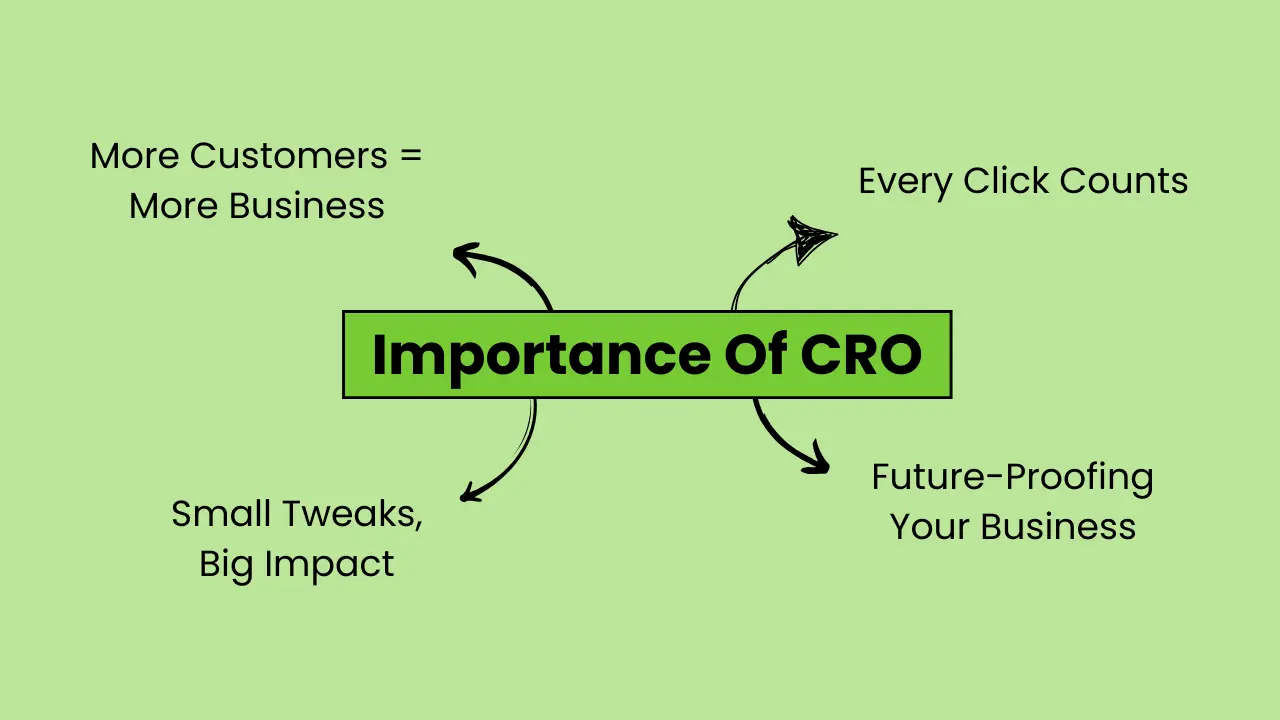
Let’s discuss how Conversion Rate Optimization (CRO) can supercharge your business –
- More Customers = More Business:
Think of every website visitor as a potential customer. With CRO, you’re making it easier for them to find what they need and take action, whether it’s buying something, signing up for your email list, or downloading a brochure.
More actions = more customers = more success!
- Every Click Counts: It costs money to get people to your website, so you want to make sure they don’t just wander around and leave. CRO helps you understand what visitors are doing and why they’re not taking the desired action. By fixing those roadblocks, you turn more lookers into happy customers, all without spending more on advertising.
- Small Tweaks, Big Impact: You don’t need a complete website overhaul to see results. CRO often involves small changes, like clearer buttons, better product descriptions, or faster loading times. These seemingly minor adjustments can make a huge difference in how people interact with your site and ultimately boost your bottom line.
- Future-Proofing Your Business: The online world is constantly evolving, and what works today might not work tomorrow. CRO helps you stay ahead of the curve by understanding how people use your website and making sure it’s always optimized for success.
5 Best Conversion Rate Optimization Tools
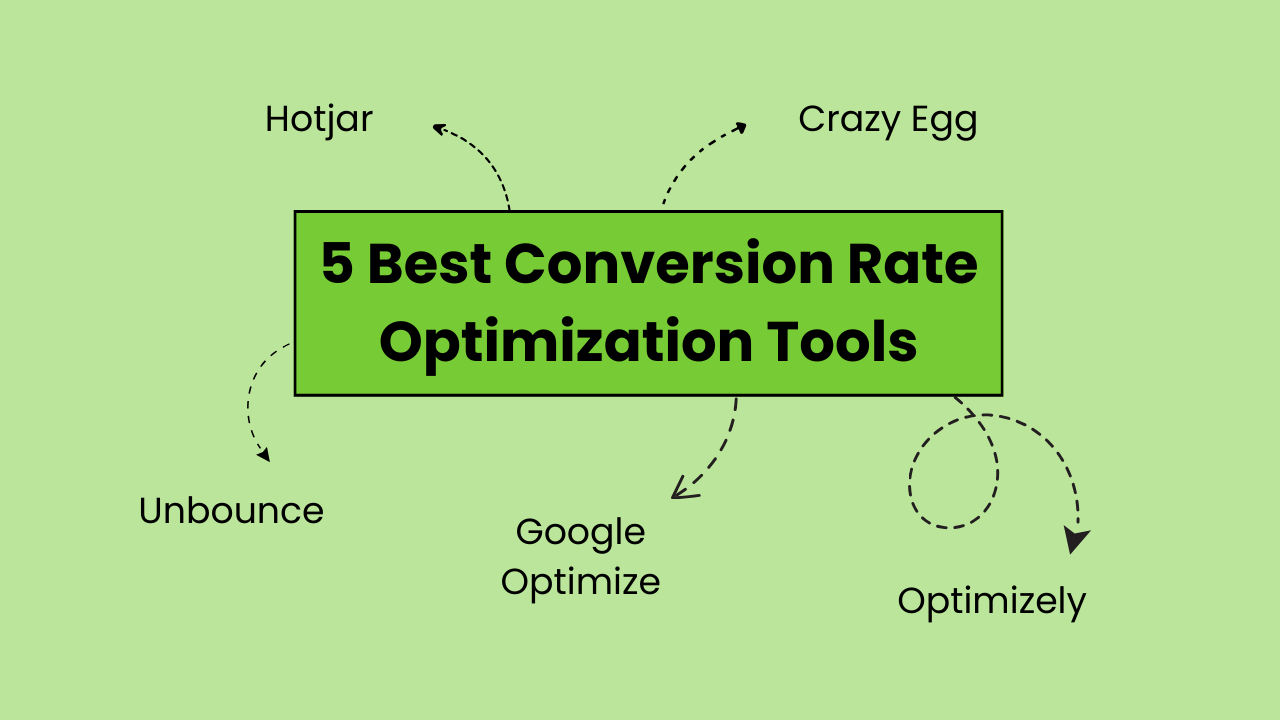
Here are 5 of the best conversion rate optimization (CRO) tools to help you understand your visitors, optimize their experience, and drive more conversions.
1. Hotjar:
Description: An all-in-one CRO platform offering various tools to understand user behavior.
Features:
- Heatmaps: Visualize where users click, scroll, and move their mouse.
- Session recordings: Watch actual user sessions to see how they interact with your site.
- Surveys & polls: Gather user feedback directly on your website.
- Funnels: Analyze how users navigate through specific conversion paths.
Pricing: Freemium model with limited features. Paid plans start at $31/month for basic features, with higher tiers offering additional features and usage limits.
2. Crazy Egg:
Description: Focuses on heatmaps and user recordings for analyzing user behavior.
Features:
- Multiple heatmap options (click, scroll, movement) to understand user engagement.
- Session recordings with filters to analyze specific user segments.
- A/B testing to compare different versions of your website elements.
Pricing: Freemium model with limited features. Paid plans start at $24/month for basic features, with higher tiers offering additional features and session recordings.
3. Optimizely:
Description: A comprehensive platform offering A/B testing, personalization, and feature experimentation capabilities.
Features:
- A/B testing for various website elements like headlines, buttons, and product listings.
- A personalization engine is used to tailor website content and offers based on user behavior.
- Feature experimentation to test and roll out new website features.
Pricing: Custom quote required based on specific needs and usage.
4. Google Optimize:
Description: A free CRO tool by Google, offering basic A/B testing and personalization features.
Features:
- A/B testing for headlines, images, and layouts.
- Personalization based on user attributes and browsing behavior.
- Easy integration with other Google products like Google Analytics.
Pricing: Free to use.
5. Unbounce:
Description: A landing page builder with built-in A/B testing and conversion tracking features.
Features:
- Drag-and-drop landing page builder to create high-converting landing pages.
- A/B testing for different landing page variations.
- Built-in conversion tracking to measure the effectiveness of your landing pages.
Pricing: Plans start at $80/month, offering a limited number of landing pages and A/B tests. Higher tiers offer more features and increased limits.
Pros And Cons
| Pros | Cons |
| The primary benefit of CRO is turning more website visitors into paying customers or leads. By optimizing your website and user experience, you make it easier for people to take the desired action. | Implementing CRO effectively requires time, effort, and potentially specialized skills. You might need to invest in tools, training, or external expertise. |
| Attracting new visitors costs money. CRO helps you maximize the value of your existing traffic, converting more visitors without needing to spend more on advertising. | CRO is an ongoing process, not a one-time solution. As user behavior and trends change, you need to continually monitor and adapt your strategies. |
| CRO isn’t just about sales; it’s about making your website enjoyable and easy to use. By understanding user behavior and addressing pain points, you create a positive experience that keeps people coming back. | Seeing results from CRO takes time and patience. Testing different approaches and analyzing data takes effort, and it might not always deliver immediate results. |
| Implementing CRO involves testing and analyzing user behavior, providing valuable insights into what works and what doesn’t. This data helps you make informed decisions about your website and marketing strategy. | Implementing changes without proper testing can sometimes have the opposite effect, decreasing conversions instead of increasing them. Careful planning and data-driven decisions are crucial. |
| A well-optimized website with a smooth user experience reflects positively on your brand. Visitors perceive you as professional, trustworthy, and easy to do business with. | For certain advanced CRO techniques, some technical knowledge or collaboration with developers might be necessary. |
How To Set Up CRO For Success?
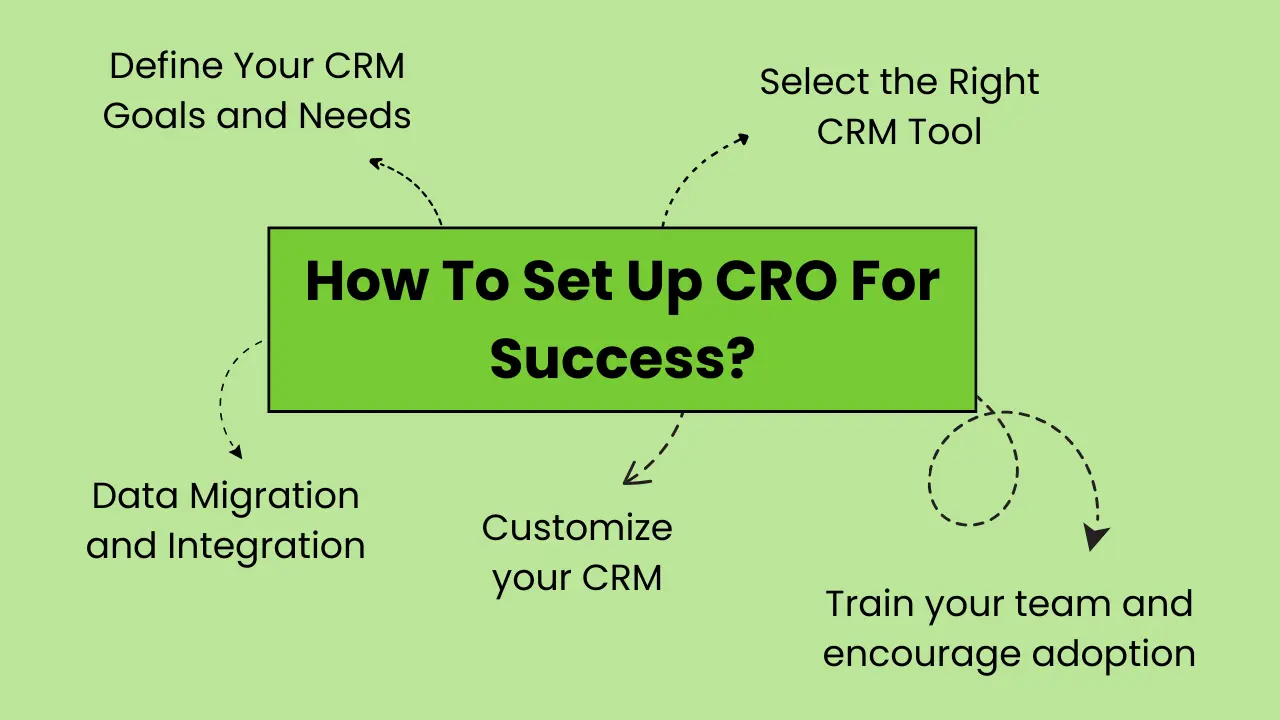
1. Define Your CRM Goals and Needs.
Identify Objectives: What do you hope to accomplish with your CRM? Is it to improve lead generation, increase sales conversions, improve customer service, or simplify communication? Having clear goals helps you determine which CRM functionalities you require.
Understand User Needs: Who will use the CRM in your organization (sales, marketing, or customer service)? Consider their needs and workflows to ensure that the CRM is user-friendly and effectively implemented.
2. Select the Right CRM Tool:
Explore the various CRM solutions available, taking into account budget, features, scalability, and integration with existing tools. Salesforce, HubSpot, Zoho CRM, and Freshworks CRM are some popular options.
Free Trials: Many CRM platforms offer free trials. Utilize them to test drive the features and see if they meet your specific needs and user preferences.
3. Data Migration and Integration.
Import Existing Data: If you have existing customer information, transfer it to your CRM. Ensure that all data is properly cleaned and formatted for optimal system performance.
Integrations: Consider connecting your CRM to other essential tools such as marketing automation platforms, email marketing tools, or accounting software. This improves data flow and automates processes.
4. Customize your CRM.
Customize Fields: Most CRMs allow you to tailor data fields to your specific business requirements. This ensures that you collect the most relevant data about your leads and customers.
Workflow Automation: Investigate the possibility of creating automated workflows within the CRM. This can automate tasks such as sending follow-up emails, assigning leads, and triggering notifications in response to specific actions.
5. Train your team and encourage adoption:
Comprehensive Training: Give your team proper training on how to use the CRM effectively. This includes understanding the system’s features, data entry, reporting, and best practices.
Ongoing Support: Provide ongoing support to answer questions and resolve any issues your team may encounter while using the CRM. Encourage open communication and feedback to increase user adoption.
6. Manage and optimize your CRM:
Regular Data Cleaning: Clean and update your CRM data on a regular basis to ensure accuracy and prevent information from becoming outdated. This is critical for accurate reporting and successful marketing/sales efforts.
Performance Monitoring: Track key metrics like lead generation rates, conversion rates, and customer satisfaction to measure the success of your CRM implementation. Use this data to identify areas for improvement and optimize your CRM setup.
Warby Parker: Streamlining the Online Glasses Shopping Experience
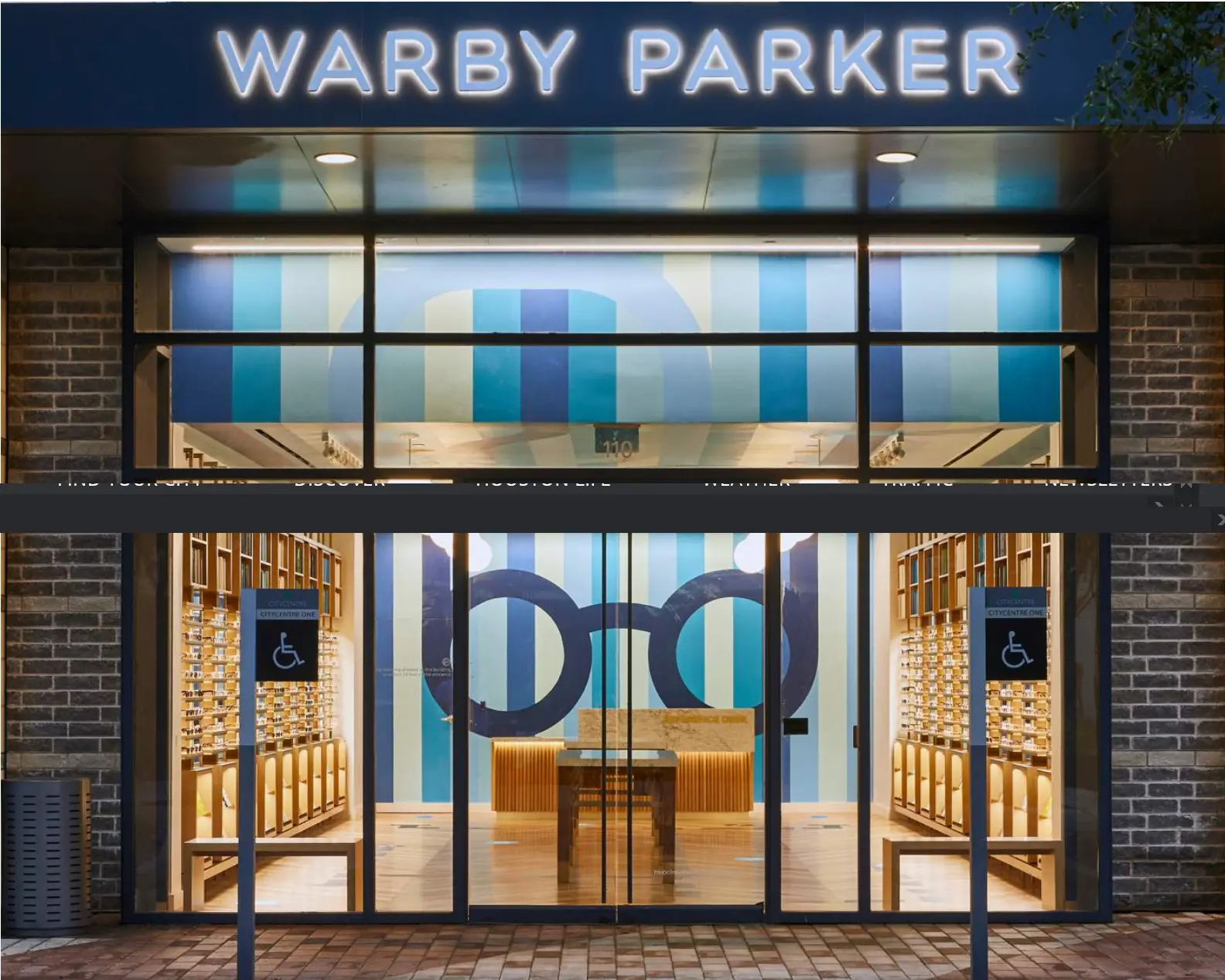
Source: Global Marketing Professor
Warby Parker, the innovative online retailer revolutionizing the eyewear industry, is a prime example of a brand that benefited significantly from conversion rate optimisation services.
The Challenge:
Traditionally, buying glasses involved visiting an optician, getting an eye exam, and browsing a limited selection of often expensive frames. Warby Parker aimed to disrupt this model by offering trendy, affordable glasses online. However, their initial website faced challenges in converting visitors into paying customers.
The CRO Solution:
Warby Parker partnered with a CRO agency to identify areas for improvement. Here are some potential tactics they might have implemented:
- Heatmaps and User Recordings: Understanding how visitors interacted with the website helped identify pain points. For instance, were they struggling to navigate the virtual try-on feature?
- A/B Testing: Testing different versions of product pages, checkout processes, and calls to action (CTAs) could reveal which elements resonated most with customers and led to higher purchase rates.
- Personalization: Recommending glasses based on browsing history or facial features could create a more engaging and personalized shopping experience.
The Results:
By implementing these CRO strategies, Warby Parker likely saw a significant increase in their conversion rate. This could translate to:
- More online glasses sales: A smoother buying process with fewer obstacles might encourage more visitors to complete their purchases.
- Reduced customer acquisition costs: Increased conversion rates mean spending less to acquire new customers.
- Improved brand perception: A user-friendly and efficient online experience can build trust and brand loyalty.
The Takeaway:
Warby Parker’s success story demonstrates the power of CRO services. By partnering with CRO experts, businesses can gain valuable insights into user behavior and optimize their websites to drive conversions and achieve their marketing goals.
Brands Recognized for Innovation in CRO
Unbounce: This company provides a landing page builder that is specifically tailored for conversion optimization. Their success story demonstrates the effect of well-designed landing pages on conversion rates.
Crazy Egg, a popular CRO tool provider, uses heatmaps and user recordings to optimize their website for lead generation and product sales.
Optimizely: Optimizely is a leader in A/B testing and experimentation platforms, and their website demonstrates how effective CRO practices can be for a company that provides CRO solutions.
FAQs
How do I get started with CRO?
Define your goals and target audience, audit your website and identify areas for improvement, prioritize your optimizations, implement and test changes, analyze results and iterate.
What are some common CRO tactics?
A/B testing, website copy optimization, call to action (CTA) improvement, product page optimization, checkout process optimization, mobile website optimization, and personalization.
How much can I expect to increase my conversion rate?
Again, it depends on your website and your specific goals, but even small increases can have a significant impact on your bottom line.
How can I improve conversion rates?
To improve your conversions, take care of these points –
- Boost conversions by making it easier for visitors to take action!
- A/B test elements like CTAs and page layouts.
- Offer clear value propositions and streamline checkout processes.
- Consider using tools like heatmaps to understand user behavior and identify areas for improvement.





We would love to have your opinion.